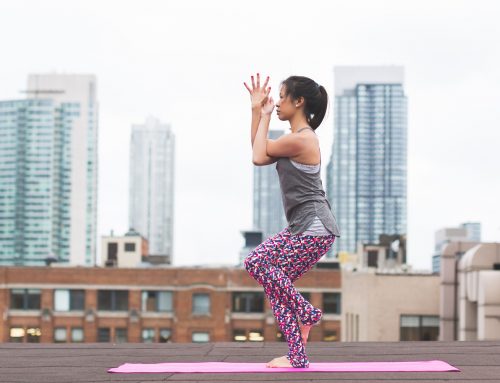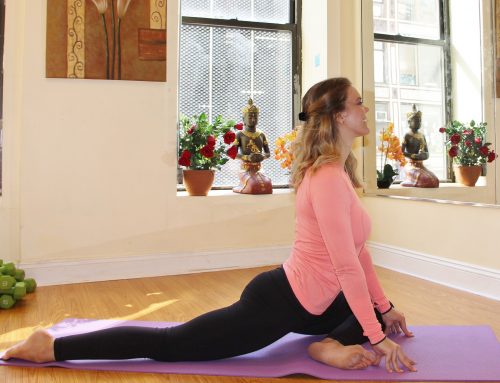Written by Rita “Sundari” Linzi-Rei
Most forms of exercise stimulate the systems of elimination to some extent, helping the body to detox, butyoga, with its focus on systematically stretching and compressing every part of the body, it is particularly well suited to keeping the waste-removal systems of the body functioning properly.
With a holistic yoga practice, every part of the body is stretched, pushed, pulled, twisted, and turned and should include yogic breathing. This aids the removal of waste products such as carbon dioxide, lactic acid and lymphatic fluid from the deep tissues and extremities of the body that other forms of exercise don’t reach.
Yogic breathing (pranayama), just as postures, has an important role in the detoxification process. We have just as many bad breathing habits as we do with other areas of our lives. Poor posture when seated interferes with the lungs from fully inflating, and chronic stress can lead to a tight diaphragm; therefore, we chest breath, using only 20% of our lung capacity, not taking in as much life-sustaining oxygen when we inhale, or expel as much of the hazardous carbon dioxide when we exhale. Yogic breathing helps clear out carbon dioxide from the lung tissue, stimulating the organs of digestion and can, over time, retrain the diaphragm to move freely. When the diaphragm moves with its natural fluidity,the abdominal organs are massaged and the lungs are fully emptied with every breath.
In addition, yoga aids in mental and emotional detoxification as well. When we’re in a state of stress, fear or depression, that produces toxicity on a deeper level. Yoga helps purge toxic thoughts and feelings by teaching you to move your awareness away from the chaos of the mind and back to the present moment.
Here is a short Yoga Detoxification Program you can try at home:
Marichyasana 3 / Sage Twist 3
Squeezes the abdominal organs and stimulates digestion and elimination. 5 breaths. Repeat each side.
Adho Mukha Svanasana /Downward-Facing Dog
Getting the heart higher than the head reverses the pull of gravity and aids in the circulation of blood and lymph. Gently tones the abdomen, which stimulates digestion. 5–10 deep breaths.
Viparita Karani/Legs Up the Wall
Encourages circulation of blood and lymph from the feet and legs. Bathes abdomen in fresh blood,stimulates the digestive organs. Soothes the nervous system, allowing your body to shift its attention fromfighting off stress to daily detoxifying body functions. 10 breaths.
Yogic Breathing:
A powerful cleansing breath that is extremely beneficial for detox is called kapalbhatti. The physical benefits include tremendous stimulation of the digestive organs and circulatory system. Also, proven to help overcome stress, anxiety and depression, this technique increases the exchange of gases in the lungs. There is large-scale elimination of carbon dioxide and a huge absorption of oxygen.This cleansing breath is simple, but it is important that it is done properly.
Sit in any comfortable position with an erect spine. Breathe normally for about a minute. Once composed, you can begin. First, exercise the diaphragm by exhaling suddenly and quickly through both nostrils, producing a “puffing” sound. Don’t focus on inhalation. The air is exhaled completely from the lungs with a sudden, vigorous strokes at a rate of one per second, while simultaneously drawing the abdomen inwards. The breath should be expelled fully. Inhaling is automatic – the abdominal muscles will relax automatically. This exercise should be done in three rounds, each consisting of 11 strokes (for the beginner). Eventually working up to one minute (60 strokes) continuously and working up to five minutes daily (600 strokes).
Working with an experienced, certified and yoga teacher is essential in aiding with your detox progress and is instrumental in keeping your safe.
Please check with your health care practitioner always before beginning any new health regime including yoga.







